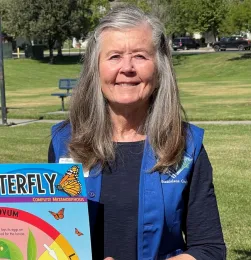Invasive Beauties Can Be Deceiving
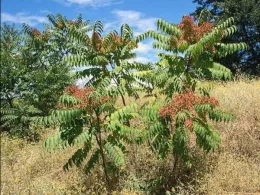
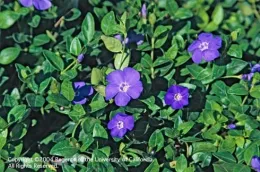
What are invasive species?
Invasive species are organisms that are not indigenous, or native, to a particular area. Not all non-native species are invasive. To be considered invasive, an introduced plant species must meet these criteria, established by the EPA:
- Has few germination requirements, enabling it to adapt to the new environment easily
- Grows rapidly
- A prolific seed producer with effective dispersal systems
- Free of natural enemies and diseases
- Harms the environment, property, the economy, or the native plants and animals of the region
Plant Invasion in California's Central Valley
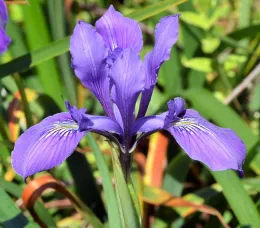
Of the invasive species listed on the California Invasive Plant Council Inventory, about 37% were accidentally introduced to the state. The remaining 63%, however, were intentionally introduced for purposes such as landscape ornamentals, soil stabilization, animal forage, human food, fiber, or medicinal.
Role of Plant Nurseries
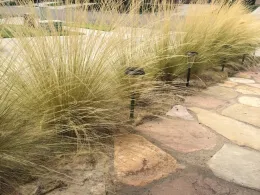
University of California Integrated Pest Management has a Pest Notes link on invasive plants (http://ipm.ucanr.edu/PMG/PESTNOTES/pn74139.html) which lists the results of UC Master Gardener surveys of invasive plants for sale in California nurseries. Invasive plants rarely or no longer sold are listed.
What Can We Do?
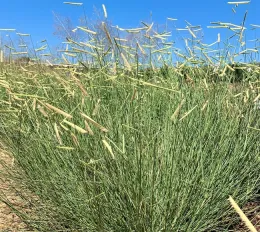
Some ways you can help:
- Educate yourself regarding California's invasive horticultural plants, avoid planting them, and plant their alternatives for your garden.
- If an invasive plant already exists in your garden, at the very least, the plant should be kept in a vegetative state, so it does not reproduce. If you choose to remove these plants, it is important to make sure reproductive parts do not escape during the removal process.
- Do not to transport any reproductive parts such as fruit, seed, or root pieces by animal, human or vehicle to areas where plants have not been established. If you go camping or hiking in nature, clean your camping and hiking gear to ensure you are not accidentally spreading hitchhiking invasive species. If you bring a dog(s) along, clean their fur before leaving the park or wilderness area. Stay on designated trails and roads.
- Encourage local nurseries and garden centers not to sell invasive plants.
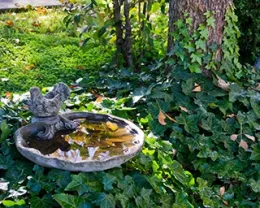
English Ivy, Hedera helix, is an invasive plant. (Jeb Bjerke CA Dept. of Fish and Wildlife) - Join removal efforts. Chances are you can find invasive species volunteer opportunities nearby. Check out your closest state or national park's website to see if they host invasive species walks—many organize half-day or day hikes where you learn to identify and help remove invasive plants.
Becoming a part of ongoing efforts to manage or eradicate the invasive non-native plant species in our state will help reduce their negative impacts on our natural resources. Planting native beauties in your garden is a simple way to help these plants survive and benefit the local fauna food webs.
Resources:
- UC IPM - Invasive Plants: http://ipm.ucanr.edu/PMG/PESTNOTES/pn74139.html
- Plant Right - PlantRight is a project that was developed and managed by Sustainable Conservation, a California-based environmental nonprofit, from 2005-2019. In 2019, the new home of PlantRight became Plant California Alliance, which was formed through the merger of the California Association of Nurseries and Garden Centers, and the Nursery Growers Association. Includes a list of invasive plants in selected regions of CA and native substitutes: https://plantright.org/
- California Invasive Plant Council: https://www.cal-ipc.org/
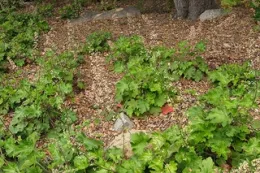
- A list of plants not to put in your garden and alternatives: https://wildlife.ca.gov/Conservation/Plants/dont-plant-me
- PlayCleanGo provides ways for stopping the spread of invasive species: https://playcleango.org
Denise Godbout-Avant has been a UCCE Stanislaus County Master Gardener since 2020.
